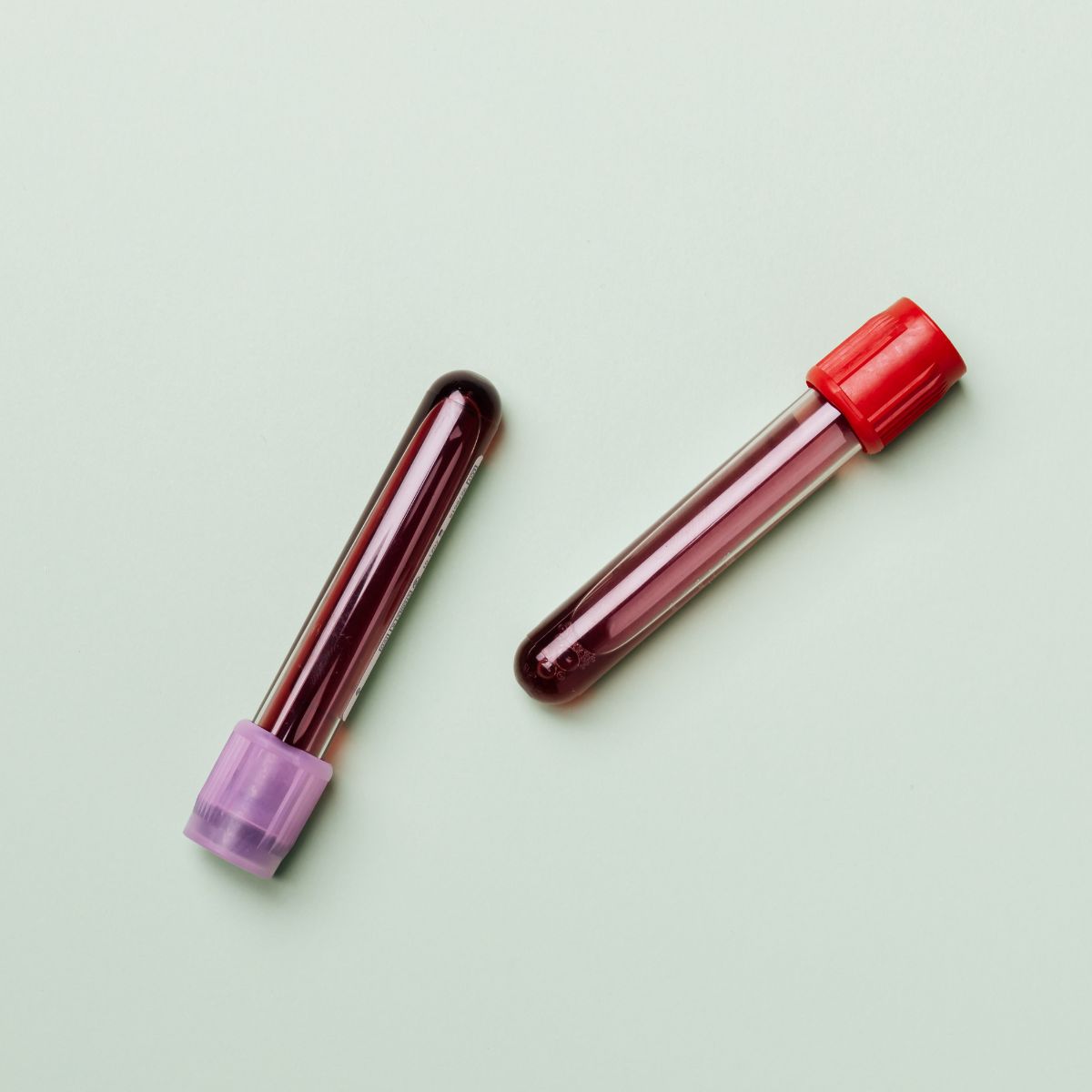Introduction to Anti-Mullerian Hormone (AMH)
The Anti-Müllerian Hormone (AMH) is one of the most important biological markers in women’s reproductive health. Produced by the small follicles in the ovaries, AMH provides critical insight into a woman’s egg reserve, meaning the number of eggs she still has available for potential pregnancy.
Unlike other hormones, AMH remains relatively stable, making it a reliable fertility test marker for assessing egg reserve. Whether you’re planning to start a family soon or considering egg freezing for later, understanding your AMH levels is the first step toward informed decision-making.
Why AMH Matters in Fertility Planning - Egg reserve vs. egg quality
One common misconception is that AMH measures egg quality. In reality, AMH only reflects the quantity of eggs left in the ovaries. Egg quality depends primarily on age and genetics, which AMH cannot measure.
AMH as a Predictor of Reproductive Timeline
- Higher AMH → Suggests a larger egg reserve and more reproductive years ahead
- Lower AMH → Indicates a declining egg reserve, signaling that fertility may begin to decrease sooner.
This makes AMH an essential tool for women planning pregnancy, whether naturally or with assisted reproductive technologies (ART) like IVF.
How AMH is Measured
Clinic Testing: In most fertility clinics or medical offices, AMH tests are not free and must be paid for privately, as they are often not covered by standard health insurance.
- A doctor or nurse draws blood.
- The sample is analyzed in a hormone laboratory.
- Results are reviewed with a fertility specialist, often alongside an ultrasound.
At-Home Testing: For everyone who wants clarity about their egg count without leaving their house, the Fyrce Care AMH Test Kit is the perfect solution.
- Collect a small blood sample at home.
- Mail it to a certified lab.
- Receive clear, accurate results.
Interpreting AMH Levels
High AMH levels often indicate a good egg reserve. However, in some cases, very high AMH may suggest polycystic ovarian syndrome (PCOS), where the ovaries contain many small follicles.
Low AMH doesn’t mean infertility. It simply indicates fewer eggs remain. Many women with low AMH conceive naturally, though fertility treatments may be considered earlier.
The Impact of Age on AMH and Fertility
Your AMH levels are highest in your 20s because your egg reserve is still large. From your 30s onwards, the reserve begins to slowly shrink, with the decline becoming more noticeable from your mid-30s onwards. From the age of 40 onwards, the levels are usually low, and at the same time, the quality of your eggs also decreases. This makes it more difficult to conceive naturally.
Factors Influencing AMH Levels
Your AMH level is not only determined by your age. Your genes also play a role. Some women naturally have more or fewer eggs. Your lifestyle also has an influence: smoking significantly reduces AMH levels, and being overweight, having an unbalanced diet, or being deficient in vitamin D also have a negative effect.
Certain medical conditions also have an influence. Women with PCOS often have particularly high AMH levels, while endometriosis or thyroid problems can lower the levels. If you take hormonal contraceptives such as the pill, your AMH level may be temporarily lower – it will return to normal after you stop taking them.
AMH Testing in Fertility Treatments
The AMH level is a key factor in fertility treatment. In IVF, it is used to select the appropriate hormone stimulation and optimally control the number of maturing eggs. The AMH level is also helpful when deciding whether to freeze eggs. If you have low levels, it may be advisable to freeze eggs earlier, while a higher level gives you more flexibility in terms of time. Even if you are planning a natural pregnancy, an AMH test provides you with important information about how much time you still have for family planning.
Advantages of At-Home AMH Testing
Privacy and Convenience: No need for appointments or hospital visits.
Accuracy and Reliability of Test Kits: The Fyrce Care AMH Test Kit provides lab-grade results.
How the Test Kit works:
- Order online.
- Collect a small blood sample.
- Send it back.
- Receive results by mail.
Limitations of AMH Testing
Why AMH doesn’t measure egg quality: It’s a quantity test, not a quality test. Age remains the best predictor of egg quality.
The importance of combining AMH with ultrasound: Doctors often recommend antral follicle counts via ultrasound for the most complete fertility picture.
Frequently Asked Questions (FAQs)
1. Can you increase AMH levels naturally?
While you can’t increase egg reserve, healthy lifestyle changes may support ovarian function and egg health.
2. Does birth control affect AMH test results?
Yes, hormonal contraceptives may temporarily lower AMH, but levels normalize after stopping.
3. Is low AMH the same as infertility?
No, many women with low AMH still conceive naturally.
4. How often should I test my AMH levels?
Every 12–18 months, or sooner if actively planning pregnancy.
5. Is at-home AMH testing as accurate as clinic testing?
Yes, when using trusted options, results are lab-analyzed with the same precision as a clinic tests.
Conclusion: Taking Charge of Fertility Health
The Anti-Müllerian Hormone (AMH) is one of the most reliable markers for understanding fertility potential. While it doesn’t measure egg quality, it provides valuable insight into egg reserve and reproductive planning.

